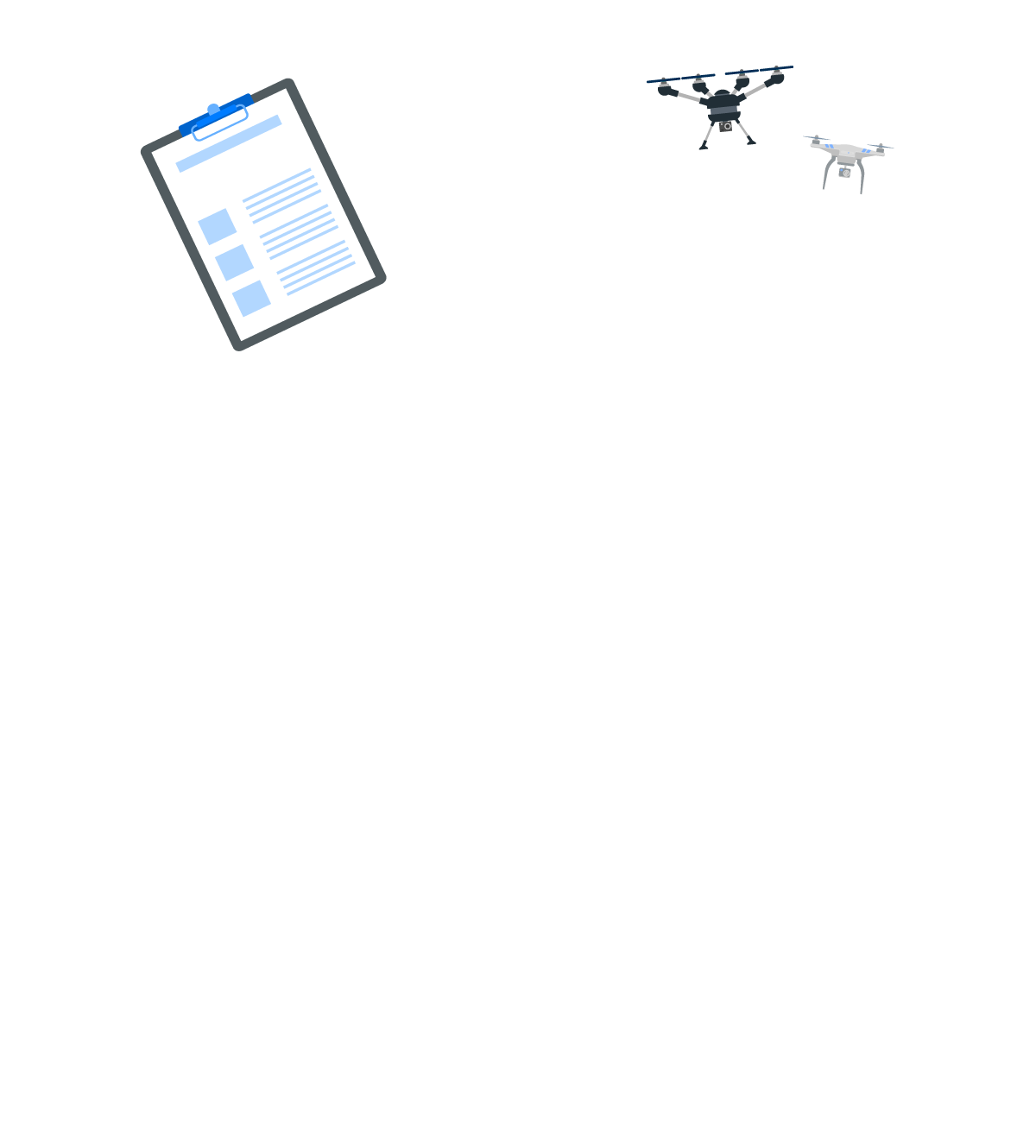
Step 4 | Lesson 4.2
UAS 102
Here we will present the ways in which you can make money with your drone, by putting it to work for pay and generate a revenue stream for your business.
You will also be able to obtain expert mentoring and essential small business support to start and run your own drone services business efficiently and effectively.
Every Flight to the Future lesson has seven segments that take you through a Mind Expanding Journey.
– Introduction
– Presentation
– Concept
– In-depth
– Recap
– Required reading
– Assessment
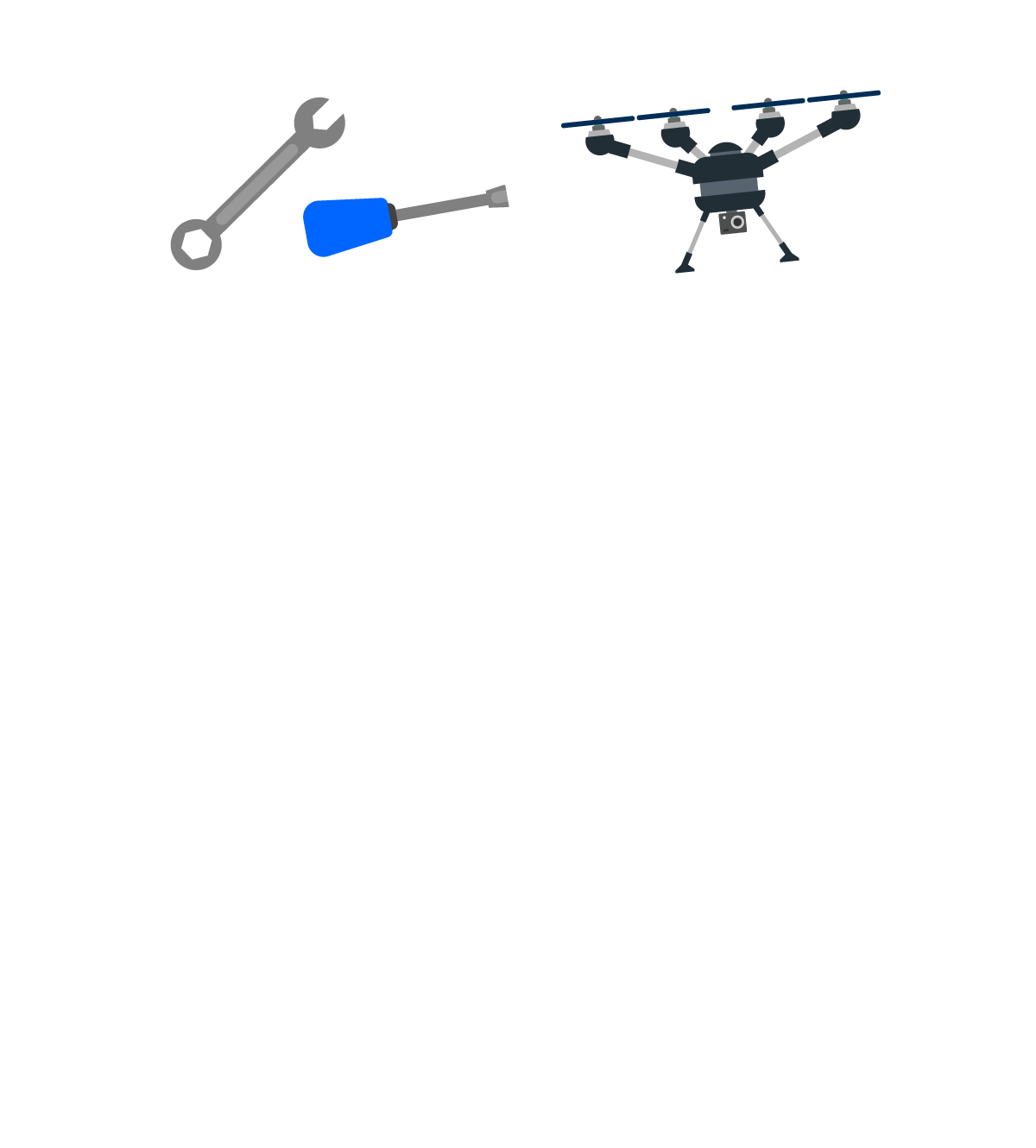


4.2.1. Introduction
Innovative market
The UAV solutions market is one of the fastest growing tech industries, with exponential growth projected for the next five years. Studies are indicating that one of the main drivers behind this expansion will be enterprise-level applications demanding evermore advanced service levels.
However, to be cost-competitive in large-scale deployments, drones service providers must deliver highly scalable solutions that integrate seamlessly into daily operations, furnishing clients with a multitude of productivity and efficiency gains.
Increasing drone solution complexity implies the need for thorough operational planning, to guarantee that you, as a UAV service provider, are able to execute successful missions and avoid any unnecessary complications.
It is of the utmost importance to dedicate enough time for detailed mission and flight planning, so that all pertaining regulatory, resource, risk and safety issues may be addressed, and in a manner that allows for any required actions or adjustments to be performed.



4.2.2 Presentation
Drone opportunities overview
The MarketWatch study that projects a geometric expansion of the UAV industry in the next five years, also indicates that much of the rapid growth is going to come from large enterprises. This means large corporate customers will drive demand and expect complex service level agreements with UAS providers.
In particular, EAM (enterprise asset management) integration of UAV operations will be in greater demand. Large corporations will want to utilize drones in a seamless manner within their current management platforms.
As such, sophisticated UAV operations management will be required to deliver integrated services with scalability and comparative cost advantages.
Watch the teaser



4.2.3 Concept
How drone operations are planned
Putting together the appropriate team structure, delegating responsibilities and implementing easy to execute workflows is not a simple task, especially when you're considering larger fleet sizes that drone operators are required to manage.
In this segment, you will learn step-by-step what you should be focusing on, what critical elements to consider and how AD’s service framework can assist your UAV business throughout its daily operations.
It begins with pre-operation planning. This is a must for any drone operator who desires to be well-prepared, deliver high-quality services and gain client trust.
Watch the teaser

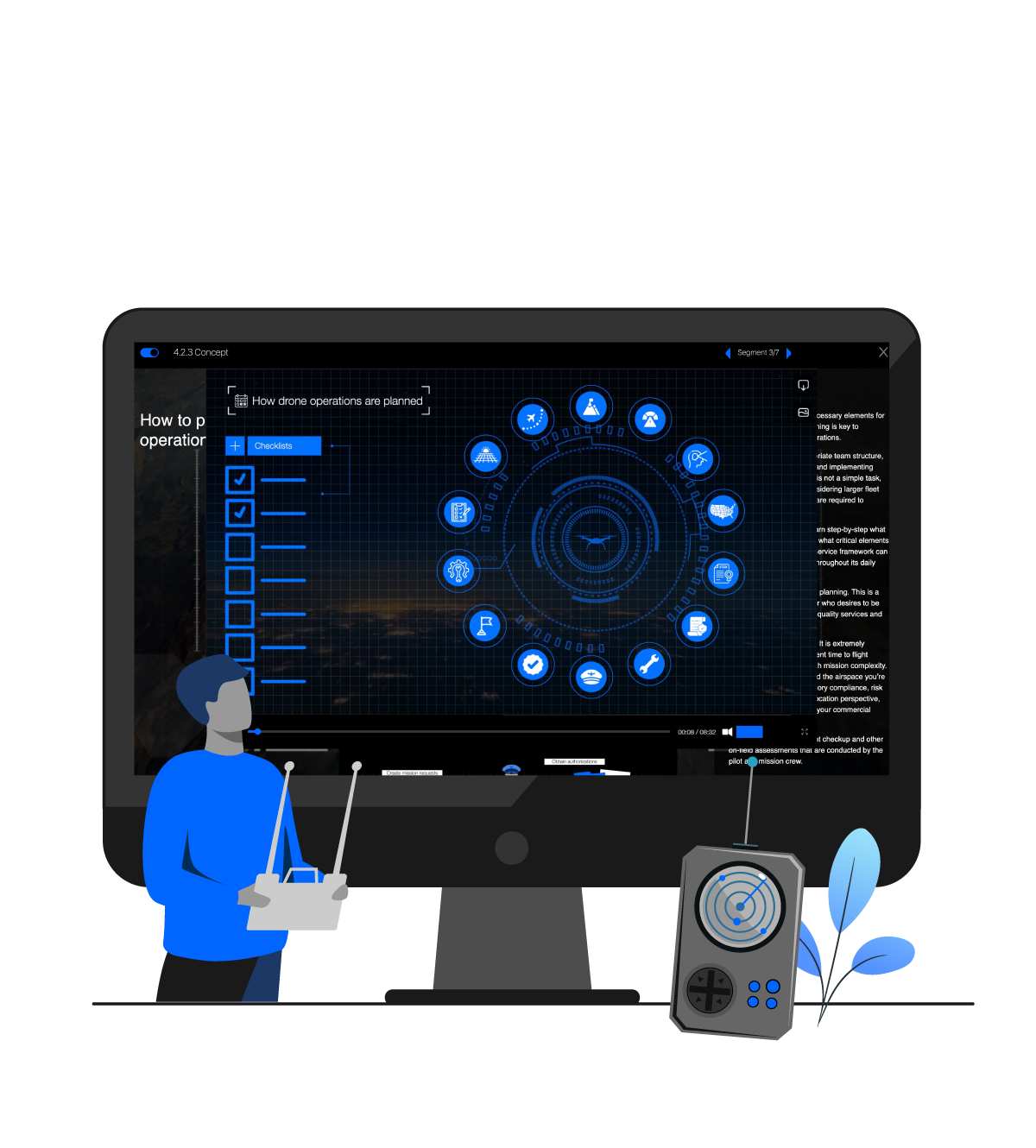

4.2.4 In-depth
Transport as a Service (TaaS)
With intermodal flexibility
TaaS solutions deploy multiple modes of transportation to carry cargo from point A to B in on-demand environments, identifying optimal solutions based upon overall efficiency.
The integration of drones into advanced logistics networks is a huge game changer, greatly enhancing the ability of operators to deliver cargo, in a prompt, fast, secure and cost-efficient manner.
Integrating cutting-edge technologies
Intelligent one-stop shop platforms receive delivery orders, perform real-time analysis and present clients with various shipment options, each with its ETA, cost and tracking capability.
Near-future alternatives will include the use of advanced UAV fleets connected to AI enabled cloud and edge-computing systems, integrated seamlessly with traditional manned vehicle and aircraft logistic networks.
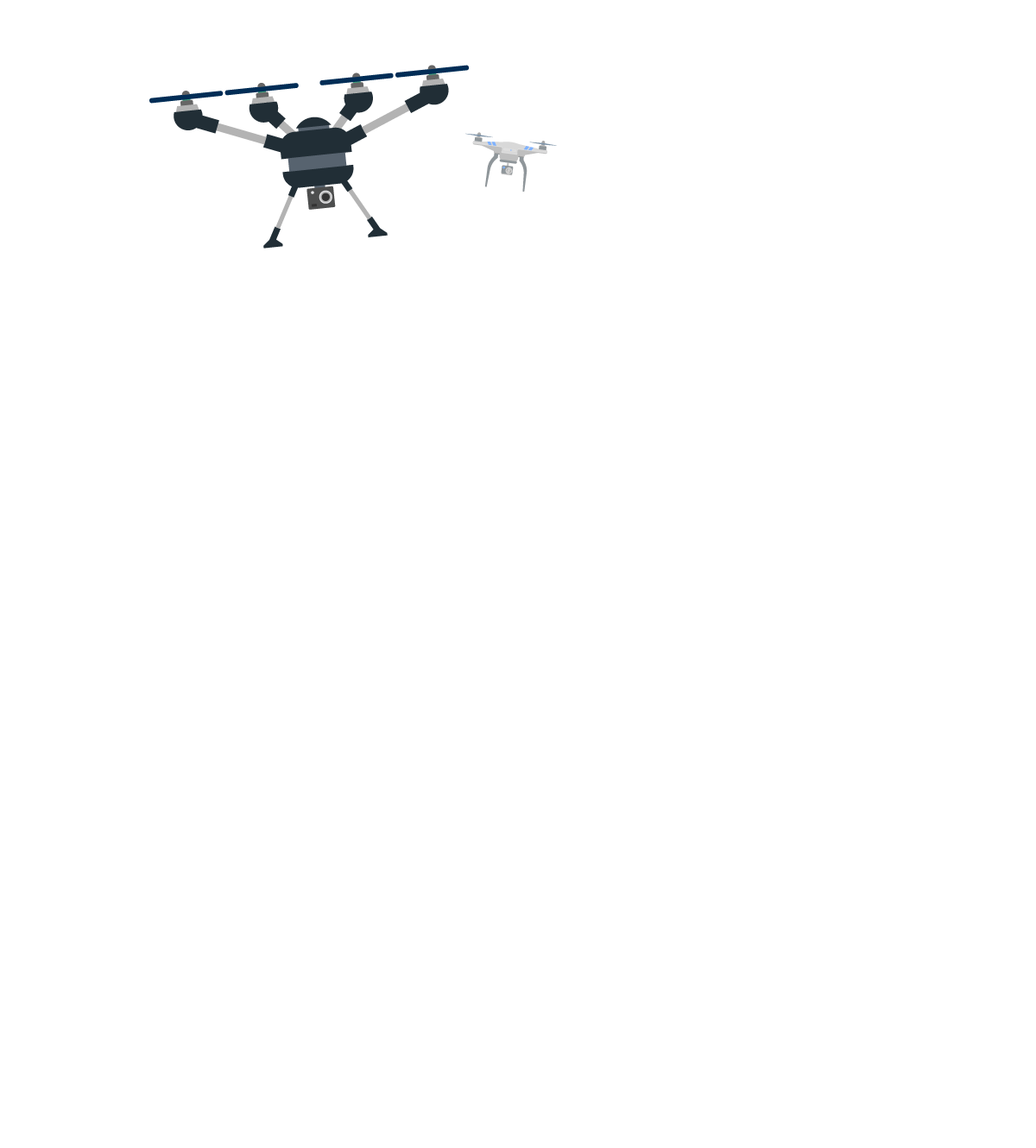


4.2.5 Recap
Lesson summary
UAV market growth
The UAV industry is a five-billion-dollar market and expected to grow to an impressive sixty billion dollars by the year 2025, with much of this expansion being influenced by new technologies.
This rapid growth will be led by large enterprises, with the expectation that big budget corporate clients will drive demand and rely on multiple service level agreements with UAS providers.
Tactical activities
There are specific activities related to analyzing and preparing for UAV missions, with professional operational planners cycling through a checklist of steps to achieve optimal pre-flight preparedness.
Activities range from implementing an effective mission request and approval process, to checking regulatory issues, obtaining authorizations and planning flight paths, conducting equipment checks and on-field assessments.



4.2.6 Required reading
Lesson library
Required
– Pre-flight checklist
– Checklists, Briefing and Aviation Professionalism
– Flight planning
– The drone market: Insights from customers and providers
– Developing Drone Standards Is Key to Successful Growth in the UAV Industry
– Drones market - Growth, Trends, COVID-19 Impact, and Forecasts (2021 - 2026)
For advanced readers
– FAA Aerospace Forecast Fiscal Years 2020-2040
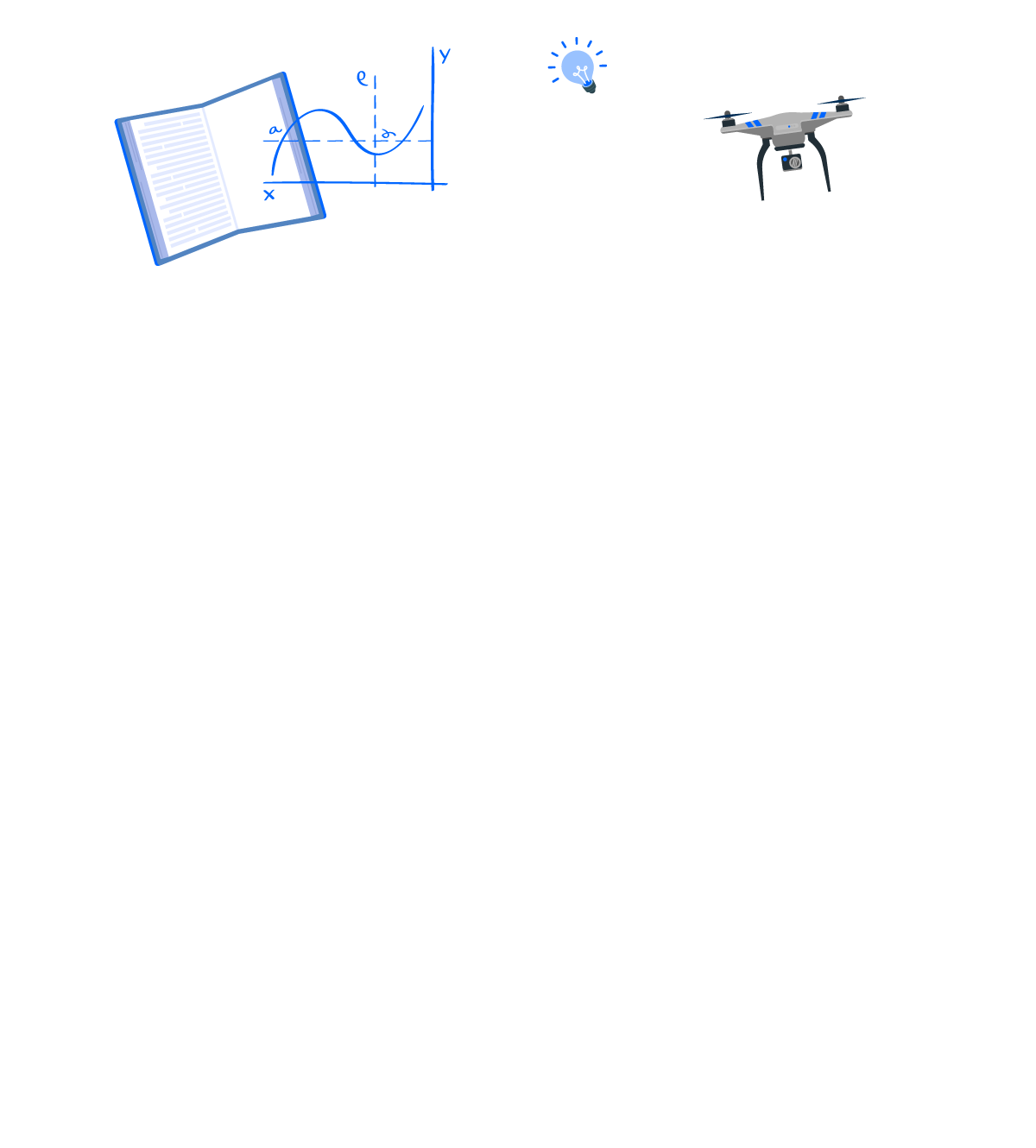


4.2.7 Assessment
Lesson quiz
Determining which individual or group of people has the authority to request, approve, plan and deploy flight operations allows you to
– Conduct effective pre-flight equipment checks.
– Manage detailed sensor payload requirements.
– Follow strict maintenance protocols.
– Hold individuals accountable and improve overall safety.
Ten multiple choice questions. An 80% score is needed to advance to the next lesson.
